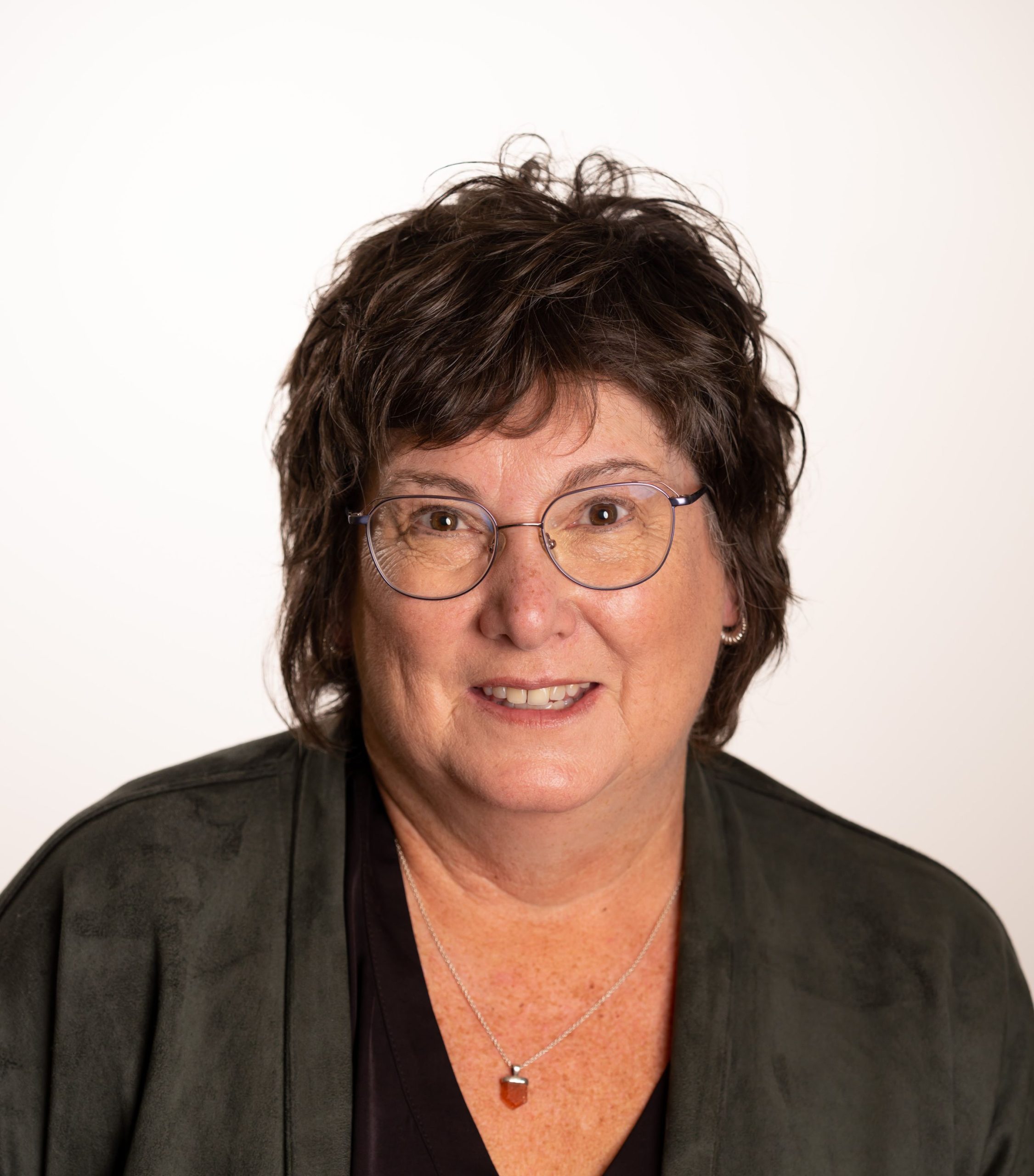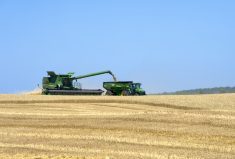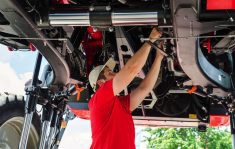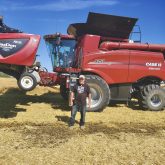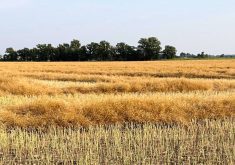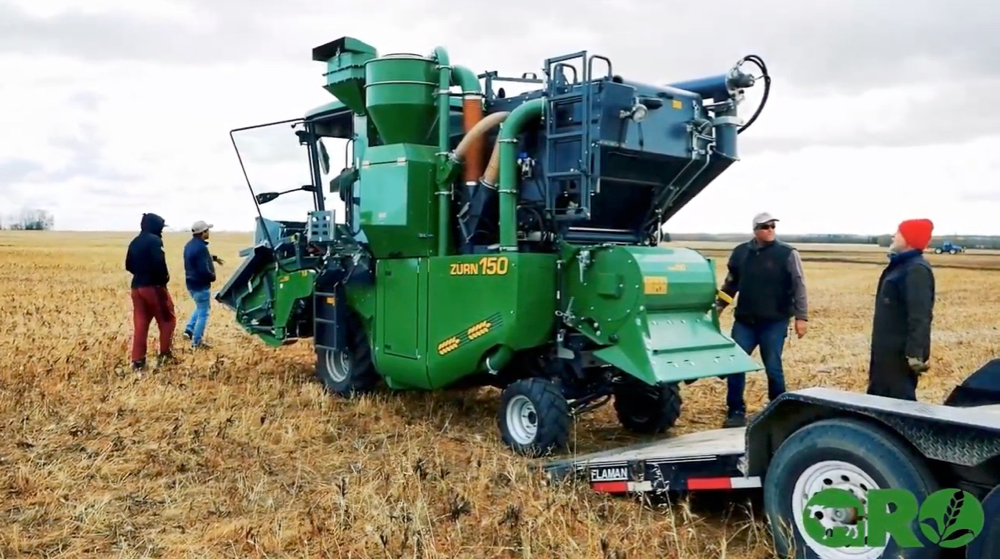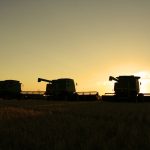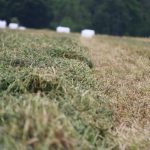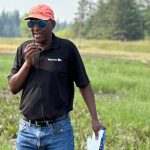Farmers will spare no expense when it comes to tending their crops and maximizing production.
So why do they spit so many of their profits out the back end of their combines at harvest?
It’s a mystery to North Battleford farmer and inventor Trevor Scherman, one of the speakers at the recent Ag in Motion outdoor farm show in Langham, Sask.
“They just get into the combine and they just want to get it done,” Scherman said.
“They’re in such a rush to get it done that they’re not calibrating their machines. They’ve paid thousands of dollars for the machines and they have so much technology on them; they’re just not using that technology; they’re not setting them up properly.’”
Read Also

Hail research hopes to benefit potato growers
Alberta research scientist measures hail storm and heat dome affects on potato crops
It’s a common but costly error.
In a 2019 survey, the Prairie Agricultural Machinery Institute (PAMI) measured canola losses experienced by 31 farmers using 50 combines made by six manufacturers.
That study found farmers were losing between 0.2 and 4.1 bushels per acre (bu./acre), or up to 10 per cent of their yield, in harvest loss. The survey found that, on average, canola producers were losing 1.3 bu./acre, or 2.8 per cent of their yield.
At 2019 prices of $9.50 per bushel, that equated an average loss of $12.35 per acre. At today’s prices, the cost would be more than double that.
There are other costs. Grain left in the field becomes a weed problem. Plus, there’s the cost of inputs used to support those bushels that will never be sold.
Yet many farmers shrug off yield losses by saying they either don’t want to know or that the birds have to eat too, according to Scherman.
“It amazes me.”
Measurement system
Once they know how much they are losing, they can take steps to reduce losses through proper settings and driver behaviour.
The PAMI study found simply slowing down ground speed and slowing the grain feed rate were both associated with significantly lower losses. It also found that a well-set older combine can outperform a poorly set newer combine.

The issue does not look so insignificant if you think of production in terms of dollars per hour instead of bushels per acre, according to Marcel Kringe, founder of Bushel Plus in Brandon, Man.
“It can easily be $1,000 an hour going out the back (of the combine),” he said.
Put that way, he argued, the time invested in calibration should look like an easy deal.
Kringe, like Scherman, stressed the need for farmers to get an exact number on what they’re losing.
“That’s only possible with the proper tools,” he said. “Looking on the ground does not tell you the correct picture because looking on the ground, you will only look for the thick, plump kernels.”
In his experience, he said, actual loss is “at least” double or triple what is visible on the ground.
Like Scherman, Kringe’s company makes its name on reducing harvest loss. The firm markets a drop pan system which operates remotely and is connected to an app that calculates loss and allows producers to save combine settings as a safer, quicker method of gauging loss and calibrating to avoid it.
Kringe also urged producers to put time toward pre-harvest setup. He pointed to the combine clinics periodically organized across the province. Those clinics are a goldmine for technical knowledge and information on things like after-market parts, he said.
He suggested that attending such events should be seen as an investment no different than securing agronomy services or hiring an accountant.
“Why not (work) with a proper solutions specialist or product specialist to learn more about your machine?”
Header setup is another area where he says farmers can set themselves up for success.
“The better the crop flow is from the header into the feeder house, the better the combine can thresh the crop out, and that often gets forgotten,” he said. “There is proper timing on drapers. There is proper timing on fingers, timing on augers. There are so many small settings on a header that can make a big difference.”
Scherman said that while manufacturers are doing their best to make combines that calibrate themselves, farmers still need to feed some basic information into the algorithm.
“If you have your loss counted, calibrated and quantified, now the algorithm knows what that is,” he said.
Scherman is also establishing a web-based service, matching farmers based on brands and combine types so they can provide peer support to each other and exchange information on settings and troubleshooting.
Combine calibration should take place every year, factoring in the type of crop, its density and other environmental factors. But the return on that investment of time could easily make it one of the best-paying hours the farmer invests into the crop.
“I’ve had people come to our booth and tell us we bought them new half-tons,” Scherman said. “If you’re losing three bushel(s) and you can get that down to one, that’s a considerable amount of money.”

